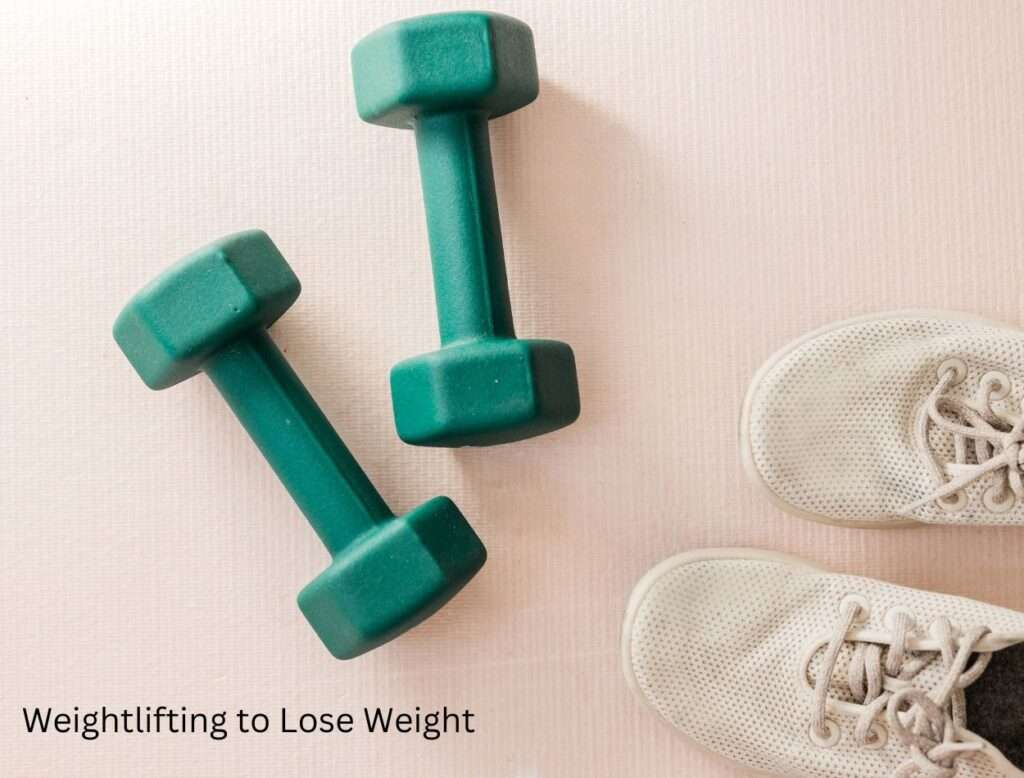Weight lifting is an important part of any weight loss program. It helps build muscle, which in turn helps burn more calories and increases metabolism. In addition, it also strengthens bones and joints, making them less prone to injury while exercising. This makes weight lifting an essential part of reaching your weight loss goals. Not only does it help you lose fat but also helps you maintain a healthy body composition by increasing lean muscle mass. Furthermore, weight lifting can help improve your endurance and strength levels so that you can push yourself further during workouts and get better results faster.
Being active and lifting weights are great things for your health, whether you want to lose weight or not. Weight loss is not a reliable indicator of health, and not all weight loss techniques are healthy or long-term.
Weight lifting, on the other hand, is an important component of any weight loss effort, and it’s certainly a healthy option to include in your workout program. Building muscle and strength has other benefits besides weight loss. We spoke with personal trainers Prentice Rhodes and Hannah Clausen to find out how weight lifting can help ace a healthy and sustainable weight loss plan, especially when compared to the old standby cardio. Keep reading to know what they had to say.

Weightlifting to Lose Weight
Weightlifting is a good strategy to maintain your fitness and lose weight. It promotes metabolism acceleration, fat burning, and muscle growth. Weightlifting can be done using a variety of tools, including barbells, dumbbells, and kettlebells, at home or in the gym. Weightlifting, when done correctly, can help you achieve your fitness objectives more quickly than other types of exercise. You may strengthen your bones and joints in addition to losing weight by doing this. Weightlifting is the ideal exercise for you if you want to lose those extra pounds while increasing strength.
Additionally, weightlifting is essential to most people’s aspirations in terms of aesthetics. “Weightlifting… promotes that ‘toned’ look so many anticipate as an award following our diet efforts,” claims Clausen.
Additionally, science supports weightlifting: Even though aerobics burns more calories on average for the same amount of time, weightlifting may result in greater weight loss. Your metabolism is altered by weightlifting, improving bodyweight equilibrium. Science has also demonstrated that you can continue to burn extra calories for up to 24 hours after weightlifting. Over time, this may result in an increase in calorie burn and fat reduction. Additionally, weightlifting maintains lean muscle during weight loss, keeping the metabolism higher than it otherwise would be, which probably results in more long-lasting, sustainable weight loss.
Weightlifting helps maintain good balance and healthy bones, which contributes significantly to our longevity as we age. “While a weightlifting session may not burn as many calories as, say, a spin class, it’s something that can still bring about some significant improvements with relatively little time required throughout the week,” claims Clausen.
Cardio for Losing Weight
Cardio is a good option for weight loss, says Rhodes, for a number of reasons. He explains that steady-state exercise, or lower, continuous intensities, “will help burn fat while also strengthening your heart muscle.”
The advantages are significantly greater with a regular aerobic regimen. According to Rhodes, “as you engage in these cardio exercise bouts for longer periods of time, this may send signals for your body to increase the number of mitochondria or the organelles in your cells that produce energy.”
Body fat is converted by mitochondria into adenosine triphosphate (ATP), which powers numerous vital bodily functions as well as the energy required for exercise. According to Rhodes, “you might also notice changes in your overall muscular and aerobic endurance.” Your other physical activities will benefit and perform better for you as a result of greater aerobic and muscular endurance, helping you to burn more calories. Your weightlifting performance will also be enhanced by these impacts.
Also, don’t overlook the crucial psychological impacts. “Most of us feel relatively good after a run, spin, or swim, which can help with mood improvement and general stress reduction. These play a significant role on how motivated and committed we are to make changes, according to Clausen.
Weightlifting vs.Cardio for Fat Burn
The image isn’t as clear-cut when comparing weightlifting and exercise for burning fat. After all, each has distinct advantages for weight loss and other benefits that are part of any healthy lifestyle.
“Who you’re talking to and their long-term objectives will mostly determine which is better for fat loss. In a perfect world, people figure out how to prioritise what they love and enjoy most while yet including a little bit of both,” says Clausen.
According to Rhodes, the ideal programme is the one you can stick with over the long haul. Both have advantages and, ideally, need to be included in a thorough training programme, the author adds. He advises engaging in the type of cardio you don’t already undertake, such as steady-state or high-intensity exercise.
Additional Considerations for Losing Weight Quickly and Easily
Exercise alone won’t help you lose weight; other lifestyle factors like nutrition, stress, and sleep also play a role. Rhodes offers the following extra advice:
- How to Manage Nutrition for Weight Loss and Recovery : Make sure you are consuming the proper macronutrients in proportions that will support your training and recovery, including lots of fruits and vegetables.
- How to Get Quality Sleep: A Comprehensive Guide : Sleep deprivation can have a negative impact on fat metabolism and recuperation. Additionally, a lack of sleep may affect one’s appetite and cause overeating.
- Control your ongoing stress: Some stress chemicals, such as cortisol, are continuously circulated as a result of chronic stress, which may result in cravings for foods high in sugar. It might be detrimental to your attempts to lose weight.
But consistency and compliance come first. According to Clausen, “what really matters is whether you are able to do something to change your current habits, increase your total volume of exercise, change your eating habits, and shift your priorities to make your health and wellness—and not just weight loss—a priority.”
“It is really important that before someone commits to anything extreme, they stop and think about what they are actually able to successfully commit to right now,” she continues. It doesn’t have to be all or nothing; every move, no matter how small, is a step in the right direction.

The Final Takeaway: A Step-by-Step Guide
While for some people losing weight is a good aim, it is not a sufficient indicator of health. Weightlifting, however, can be a vital component of weight loss and weight maintenance if weight loss is your aim. A healthy diet, adequate sleep, and stress management are also crucial.
Your quality of life will improve along with your longevity and independence as a result of building muscle and strength. Simple exercises or bodyweight routines are a good place to start, and you can build up from there while continuing to push yourself to get better. Enjoy the process of improving your health and fitness; weight loss will come after.



